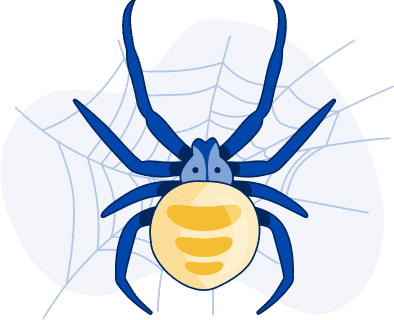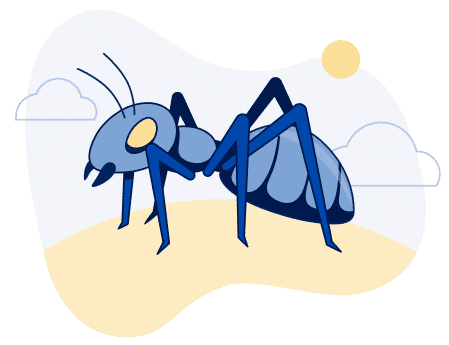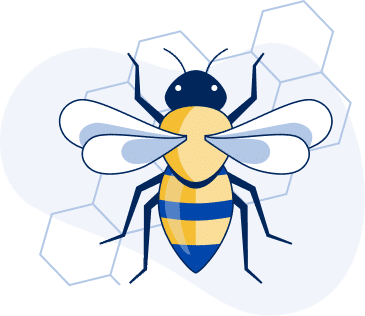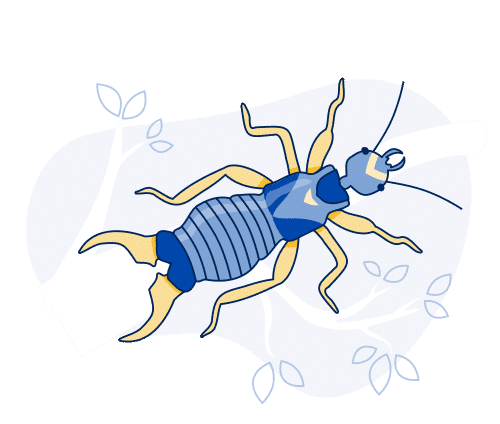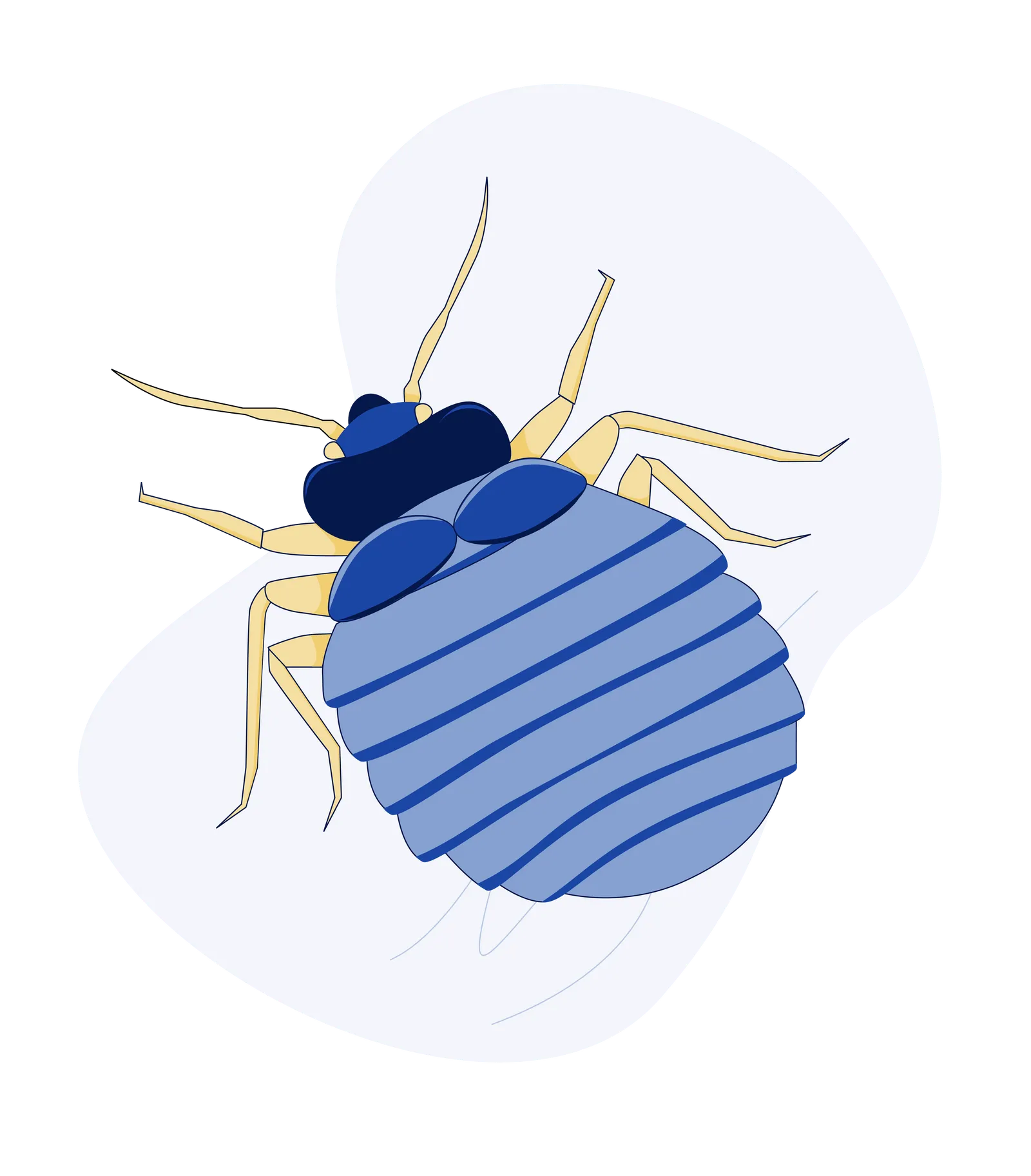Hornet Nest vs Wasp Nest: Key Differences and Safety Tips for Families in Lehi
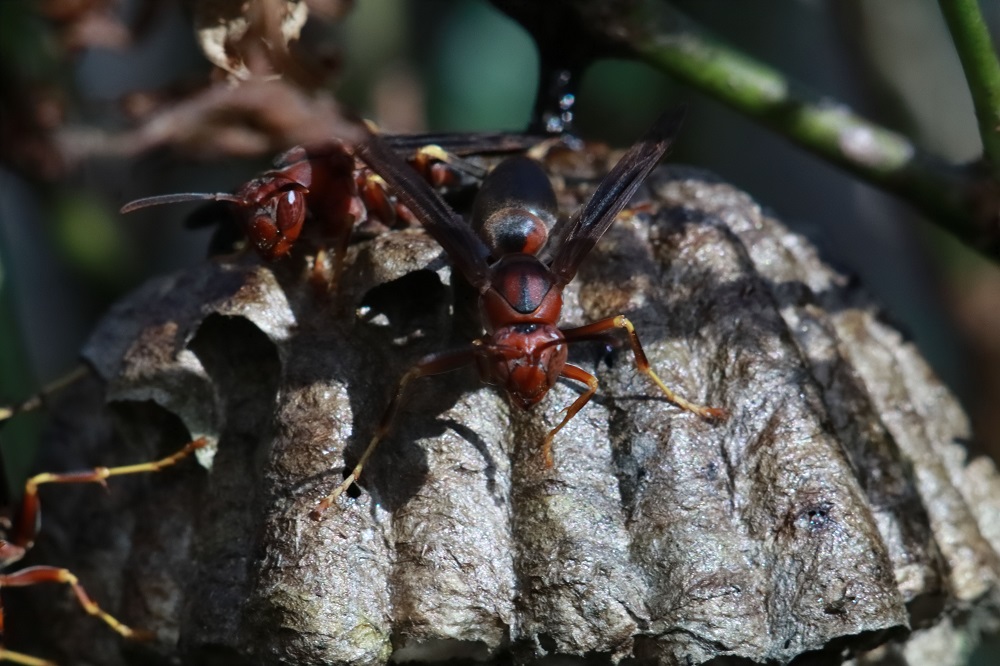
Lehi, known for its charming atmosphere and outdoor activities like hiking in the nearby Wasatch Mountains, also offers a habitat for stinging insects such as hornets and wasps. Understanding the key differences between a wasps nest vs hornets nest is crucial for every Lehi resident. Whether you’re tending to your garden, relaxing in your backyard, or playing outside with your kids and pets, it’s important to recognize how to identify these nests, their potential dangers, and how to safely handle them. By knowing how to distinguish these nests and understanding the precautions to take, you can ensure the safety of your loved ones and pets while enjoying all that Lehi has to offer.
What is the Difference Between a Hornet Nest and a Wasp Nest?
Hornet Nest vs. Wasp Nest: Key Identification Features
Understanding the physical differences between hornet nests and wasp nests is essential for determining which type of nest you are dealing with and the necessary steps to take. Here’s how you can identify them:
- Hornet Nests: Hornets are known for building large, football-shaped nests made from a papery material. These nests are typically grayish or brown and can be as large as a basketball or bigger. Hornet nests are often found in trees, under roof eaves, or attics. They are usually constructed in more secluded areas and are typically larger and more complex in structure than wasp nests. If you come across a larger nest, with a rougher surface, and often in higher, hard-to-reach areas, it’s likely a hornet nest.
- Wasp Nests: Wasp nests are generally smaller than hornet nests and have a symmetrical, more exposed comb structure. These nests are often made from a papery substance similar to hornet nests. Still, they have a more distinct, organized look resembling a honeycomb. Wasps typically prefer building their nests in sheltered locations such as tree branches, porch eaves, and fences. The nests are often easier to spot since wasps build them in visible areas.
While the size and shape of the nests may differ, understanding these identification tips can help you determine if you’re dealing with a hornet nest, a wasp nest, or even a potential wasp infestation. Recognizing these key differences early on can ensure you take the right precautions to avoid any stinging incidents.
Behavioral Differences: Hornets vs Wasps
- Hornets: Hornets are more aggressive than wasps and will defend their nests more fiercely. When threatened, they will not hesitate to sting. They are social insects, and one hornet sting can quickly lead to multiple hornets attacking in defense of their colony. This behavior makes hornet nests especially dangerous for families with young children and pets. Hornets tend to be more active in late summer and fall, which increases the likelihood of stings during these months.
- Wasps: Wasps are also social and can be territorial, but their behavior is somewhat less aggressive than hornets. While they can still sting when disturbed, they are less likely to become violent unless their nest is directly threatened. Wasps are more active during daylight hours and are often attracted to food sources, such as sugary drinks, fruits, or meats. They are more likely to sting if they feel their food sources or nests are being encroached upon.
Risks of Hornet and Wasp Nests for Lehi Homeowners
Why Hornet Nests are Dangerous for Your Family and Pets
Hornet nests present unique risks, especially when they are located near areas where children and pets play. The larger size of hornet nests means they can house hundreds of hornets, all of which are capable of stinging. A single hornet sting can cause swelling, pain, and discomfort, while multiple stings can be much more dangerous, leading to allergic reactions such as anaphylaxis, which is life-threatening if not treated immediately.
For pets, especially dogs and cats that might be curious or play near these nests, the risk of getting stung is high. Pets may accidentally disturb the nest, leading to multiple stings. Unlike humans, pets cannot communicate their discomfort, making it essential for pet owners in Lehi to stay vigilant for signs of a sting.
Wasp Nests and Their Potential Hazards
Wasp nests are smaller, but they can still be highly dangerous. Wasps are known for their territorial nature, which means they will sting if they feel their nest is threatened. Though the stings of wasps are generally less painful than hornet stings, they can still cause allergic reactions in sensitive individuals and pets. In some cases, repeated stings or an allergic reaction may lead to more serious complications, including breathing difficulties and swelling.
Increased Risks During Summer and Fall in Lehi
In Lehi, summer and fall are peak seasons for hornet and wasp activity, making them a common summer pest in the area. The warm weather creates ideal conditions for these insects to build and maintain their nests. Backyards near trees, bushes, or gardens are particularly susceptible to nest formation. Additionally, outdoor activities like barbecues, gardening, or simply playing in the yard can accidentally disturb these nests, increasing the likelihood of stings.
How to Safely Handle Hornet and Wasp Nests in Lehi
When you spot a potential nest on your property, it’s essential to first determine whether it’s a hornet or wasp nest. This identification will help guide your next steps. Look for signs of increased activity around the nest, as this is a clear indication of an active colony.
- Hornet Nests: If the nest is larger and located in a higher, more isolated area, it’s likely a hornet nest. Look for signs of hornet activity, like buzzing and large size.
- Wasp Nests: If the nest is smaller and hanging in a more open, accessible location, it’s probably a wasp nest. You may also notice wasps flying around and interacting with the nest.
Steps for Safe Wasp Nest Removal
If the nest is located in a high-traffic area, it’s crucial to address the issue promptly. However, attempting to remove the nest yourself is not advisable due to the risk of being stung. Instead, take the following steps:
- Stay Away from the Nest: Keep children and pets at a safe distance. Hornets and wasps can be provoked by sudden movements or loud noises.
- Call a Professional Pest Control Service: Contact a local pest control in Lehi to safely remove the nest. Expert wasp nest removal service will have the right equipment and experience to remove the nest without putting your family and pets in danger.
Why Professional Pest Control is the Safest Option
While DIY removal methods may seem tempting, hornet and wasp nests can be tricky to manage, and getting too close can be dangerous. Recognizing the signs you need professional pest control is crucial for handling these nests safely. A pest control professional can:
- Properly identify the type of nest.
- Use protective gear to safely handle the nest.
- Remove the nest efficiently without leaving any risk of reinfestation.
- Offer advice on how to prevent future nest formations around your property.
Tips for Protecting Your Kids and Pets from Hornet and Wasp Nests
Safety Tips for Children
Since kids tend to be curious, it’s essential to teach them about the dangers of hornets and wasps. Here’s what you can do:
- Supervise Outdoor Play: Always watch your kids when they are outside, especially if they are near areas where nests might be located.
- Teach Recognition: Help children recognize hornet and wasp nests and understand the importance of staying away from them.
- Wear Protective Clothing: When playing outside, especially in areas where you suspect nests might be, have your children wear long sleeves and pants.
Pet Safety: Keeping Your Pets Safe from Stings
Pets, especially dogs, can be drawn to hornet and wasp nests out of curiosity. Here’s how to keep them safe:
- Leash Your Dog: When outdoors, keep your pets on a leash and away from areas where nests might be located.
- Monitor for Allergic Reactions: If your pet is stung, watch for signs such as swelling, excessive licking, or difficulty breathing. Take them to the vet immediately if any of these signs are present.
Conclusion
Hornet and wasp nests are a common concern for homeowners in Lehi, Utah, but with the right knowledge and precautions, you can keep your family and pets safe from harm. By learning how to identify hornet and wasp nests, understanding the risks they pose, and taking proper safety measures, you can enjoy your outdoor spaces without worrying about stings.
If you discover a nest on your property, it’s best to call a local pest control in Lehi, Utah to safely remove it and prevent future infestations. Protect your home, your family, and your pets by staying informed and acting swiftly when you spot a nest.

